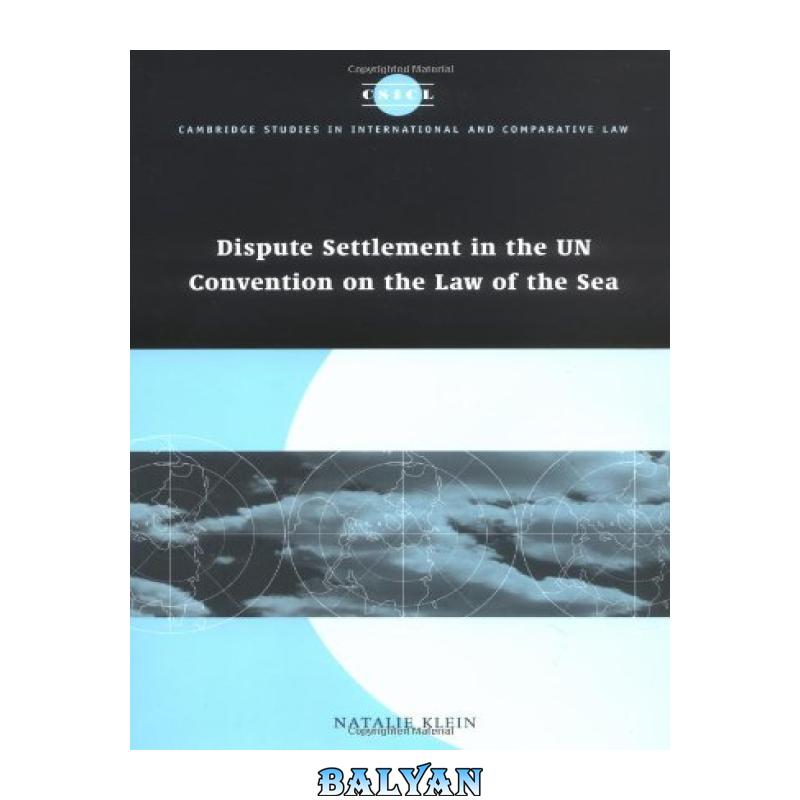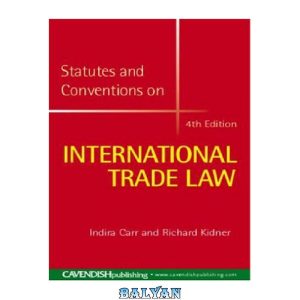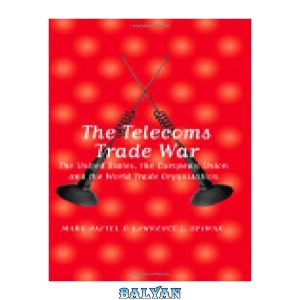ترجمه فارسی توضیحات (ترجمه ماشینی)
حل و فصل اختلافات در کنوانسیون سازمان ملل متحد در مورد حقوق دریاها
کنوانسیون سازمان ملل متحد در مورد حقوق دریاها یکی از مهمترین اسناد تشکیل دهنده حقوق بین الملل است. این معاهده نه تنها استفاده از بزرگترین منبع جهان را تنظیم می کند، بلکه شامل یک سیستم حل و فصل اختلافات اجباری است – یک پدیده غیر معمول در حقوق بین الملل. در حالی که برخی از محققان این پیشرفت را به عنوان یک دستاورد مهم ستوده اند، برخی دیگر به شدت در مورد جامعیت و اثربخشی آن تردید دارند. این کتاب به بررسی این موضوع میپردازد که آیا مکانیزم حل و فصل اختلافات اجباری برای تنظیم اقیانوسها تحت کنوانسیون ضروری است یا خیر. نقش ضروری حل و فصل اختلافات در کنوانسیون از طریق ارزیابی رابطه آن با مقررات ماهوی تعیین می شود. کلاین ابتدا رویه حل اختلاف را در کنوانسیون توضیح می دهد. سپس هر یک از حوزههای موضوع را مشمول محدودیتها یا استثنائات رویههای اجباری میکند که مستلزم تصمیمات الزامآور است، و رابطه متقابل بین قواعد ماهوی و رویهای را تحلیل میکند.
The United Nations Convention on the Law of the Sea is one of the most important constitutive instruments in international law. Not only does this treaty regulate the uses of the world’s largest resource, but it also contains a mandatory dispute settlement system – an unusual phenomenon in international law. While some scholars have lauded this development as a significant achievement, others have been highly sceptical of its comprehensiveness and effectiveness. This book explores whether a compulsory dispute settlement mechanism is necessary for the regulation of the oceans under the Convention. The requisite role of dispute settlement in the Convention is determined through an assessment of its relationship to the substantive provisions. Klein firstly describes the dispute settlement procedure in the Convention. She then takes each of the issue areas subject to limitations or exceptions to compulsory procedures entailing binding decisions, and analyses the interrelationship between the substantive and procedural rules.












نقد و بررسیها
هنوز بررسیای ثبت نشده است.